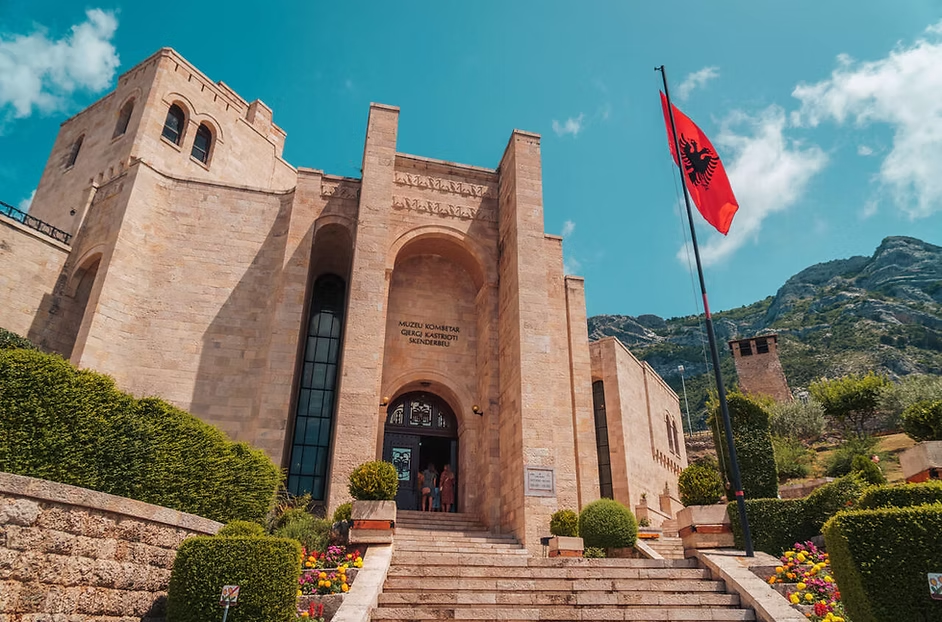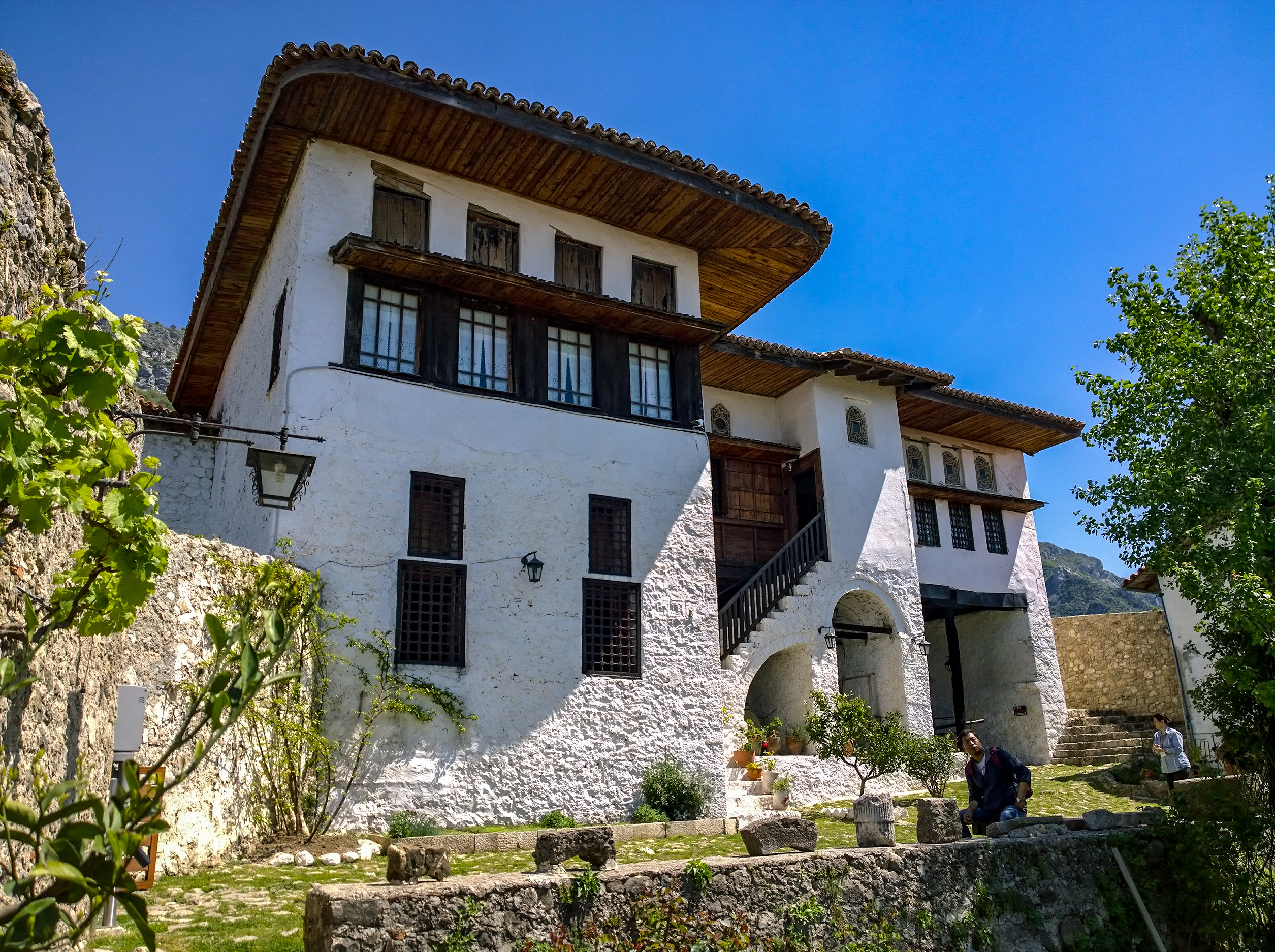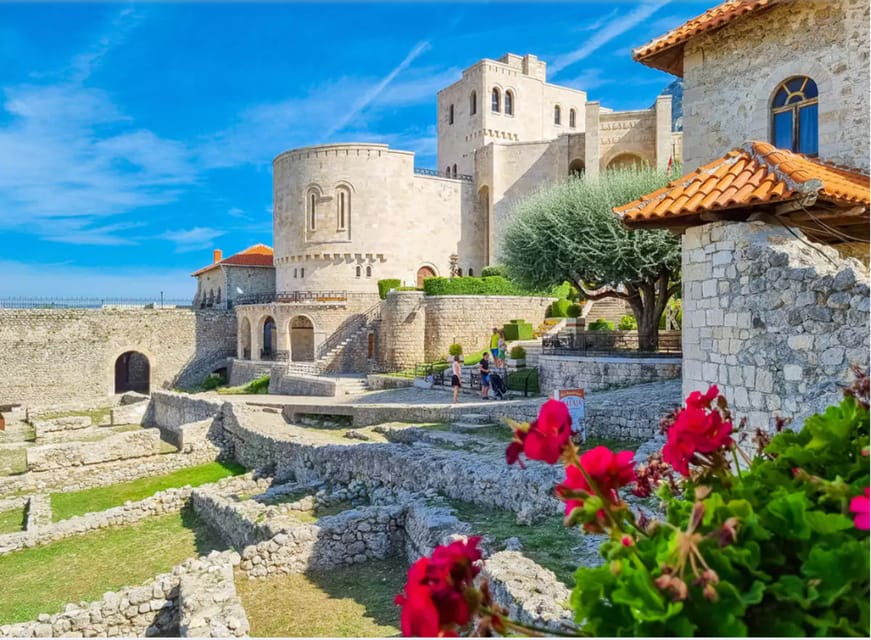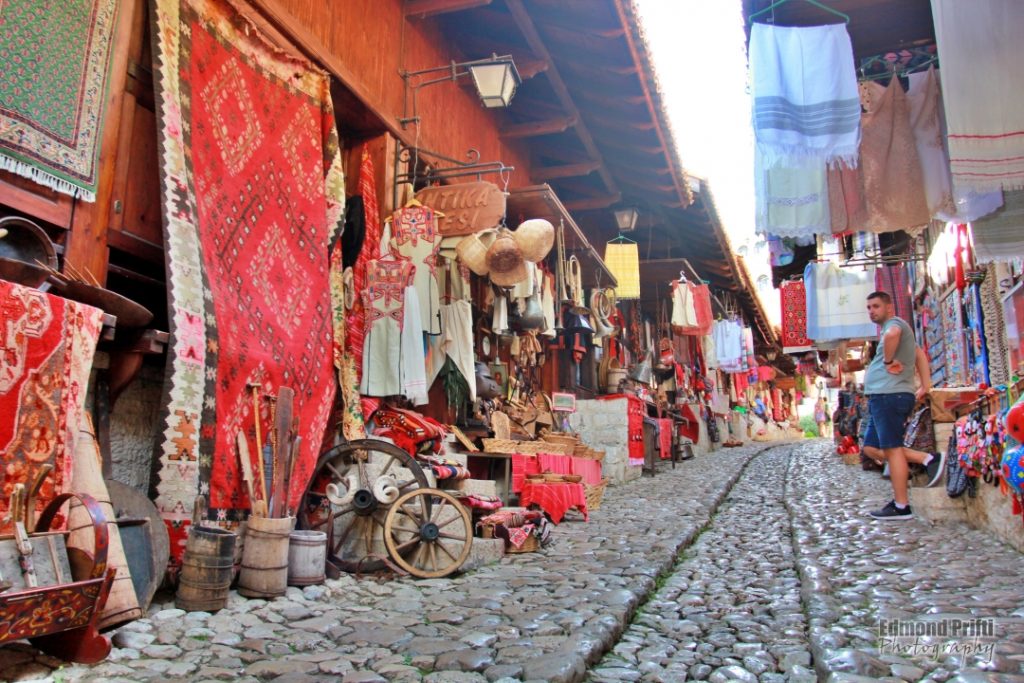Key Takeaways
- Krujë embodies Albania’s rich history, from its strategic fortress to legendary resistance.
- It played a pivotal role through the legacy of Skanderbeg in resisting Ottoman conquest.
- The town’s main attractions include Krujë Castle, Skanderbeg Museum, and traditional bazaars.
- Krujë’s scenic hilltop location offers stunning views and easy access from Tirana.
- The local culture thrives through festivals, crafts, and culinary traditions.
Krujë, a charming hilltop town in Albania, invites explorers to step into a living museum of resilience and culture. *Perched strategically* on a hill, this town has witnessed centuries of battles, treaties, and traditions. From its ancient fortress walls to bustling bazaars, Krujë is a tapestry woven with stories of heroism and heritage. If you’re longing to connect with Albanian roots, Krujë should be at the top of your list.
Historical Background of Krujë: The Stronghold of Albanian Identity
Krujë’s Strategic Importance and Skanderbeg’s Legacy
Long before Albania emerged as a nation, Krujë stood as a bulwark against conquerors, thanks to its commanding location controlling vital Balkan routes. Yet, its most renowned son, Gjergj Kastrioti, famously known as Skanderbeg, transformed Krujë into a symbol of resistance in the 15th century. Born here, Skanderbeg transitioned from Ottoman subject to Albanian hero, turning the fortress into an impregnable bastion of independence. The walls echo the stories of fierce counterattacks and strategic ingenuity that fortified Albanian identity during dark times.
The League of Lezhë and Ottoman Sieges
The formation of the League of Lezhë in 1444 marked a turning point in Albanian unity, rallying various principalities against Ottoman advances. Krujë bore the brunt of numerous sieges—most notably in 1450, 1466–67, and 1478—each testing its resilience. Despite fierce assaults, its defenders, guided by Skanderbeg’s leadership, infused the town with an indomitable spirit that persisted even under Ottoman rule. Krujë’s legacy as a symbol of defiance persisted, inspiring future generations worldwide.
Main Attractions in Krujë: Navigating a Tapestry of History and Culture
Krujë Castle: The Bastion of Heroic Tales
The imposing Krujë Castle towers over the town, serving as a sentinel of Albanian resilience. Once home to Skanderbeg, this fortress with its ramparts and watchtowers recount tales of fierce battles against Ottoman forces. Walking its grounds offers panoramic views and a deep dive into history, where every stone tells a story of perseverance and national pride.
Skanderbeg Museum: Illuminate the Legend
Within the castle walls sits the Skanderbeg Museum, dedicated to Albania’s national hero. Exhibits include weapons, armor, portraits, and detailed maps illustrating Skanderbeg’s military strategies. Visiting this museum is akin to stepping into his shoes and understanding the legacy of a leader who fought tirelessly for Albanian independence.
Ethnographic Museum: Chronicle of Culture
The Ethnographic Museum offers insights into Krujë’s cultural fabric through traditional costumes, jewelry, and folk artifacts. Housed in an Ottoman-era house, it vividly showcases local customs, arts, and everyday life, preserving ancestral traditions for new generations.
Old Bazaar (Pazari i Vjetër): A Marketplace of Tradition
The lively Old Bazaar breathes life into Krujë’s streets with hand-woven carpets, carved wooden crafts, and vibrant artisan stalls. Walking here connects visitors directly to Krujë’s soul—its traditions, stories, and craftsmanship—handed down through centuries and still thriving today.
Geography and Location of Krujë: An Enchanting Hilltop Retreat
Krujë’s Strategic Location and Natural Beauty
Just 20 kilometers north of Tirana, Krujë’s hilltop setting offers commanding views of lush plains and rugged mountains. The blend of rocky landscapes and dense forests creates an idyllic scenery that has historically provided both defense and inspiration for visitors today.
Accessibility and Proximity to Tirana
Reaching Krujë is convenient — a 30 to 45-minute drive from Tirana by car or bus. This proximity makes it an excellent day-trip destination, allowing travelers to easily incorporate it into their Albanian itinerary, whether on a short visit or a longer exploration of the region.
Cultural Significance and Traditions in Krujë: A Tapestry of Albanian Heritage
Skanderbeg Celebrations and Vibrant Festivals
Krujë hosts lively festivals commemorating Skanderbeg, filled with traditional music, dance, and folklore. These gatherings celebrate Albanian pride, drawing locals and tourists into a shared heritage experience rooted in history and national identity. Such events keep alive the spirit of resistance and unity that Skanderbeg epitomizes.
Traditional Crafts and Albanian Cuisine
Artisans craft stunning hand-woven carpets, wood carvings, and pottery—skills passed down through generations. Meanwhile, the culinary scene offers hearty dishes like
tave kosi and
byrek, representing Albania’s flavor-rich gastronomy. Exploring local workshops and markets immerses visitors in Krujë’s artisanal and culinary traditions.
Preservation of Krujë Customs
Despite modern influences, Krujë maintains its customs—warm hospitality, traditional wedding rituals, and family celebrations—that evoke a true sense of shared history. Engaging with locals in these practices offers a unique, immersive experience into the living traditions of Albania’s cultural heart.
Krujë Today: Embracing Tourism and Enhancing Experiences
A Flourishing Tourism Destination
Today, Krujë is a vibrant tourist hub blending history, culture, and scenic beauty. It attracts visitors eager to walk its historic streets, explore museums, and savor local cuisine—each experience a step into Albania’s storied past.
The best times to visit are spring and autumn when the weather is mild and enjoyable. Wear comfortable shoes for exploring narrow alleys and cobblestone streets, and plan your visit to avoid late afternoon crowds for a more intimate experience of Krujë’s historic sites.
Accommodations and Dining Delights
Krujë offers cozy guesthouses alongside boutique hotels, ensuring a comfortable stay full of Albanian charm. For dining, try local delicacies such as tave kosi and other traditional dishes, providing a taste of authentic Albanian hospitality and cuisine.
Conclusion: Krujë – A Crucible of Heritage and a Gateway to Albania’s Soul
In essence, Krujë is more than just a historic town—it’s a living testament to Albania’s resilience and cultural richness. Every stone and story reflects the indomitable spirit of its people. Visiting Krujë offers a profound journey into the nation’s heart—a place where history, pride, and tradition come alive. Whether exploring ancient fortresses or enjoying lively festivals, your experience in Krujë promises to be memorable and meaningful.






